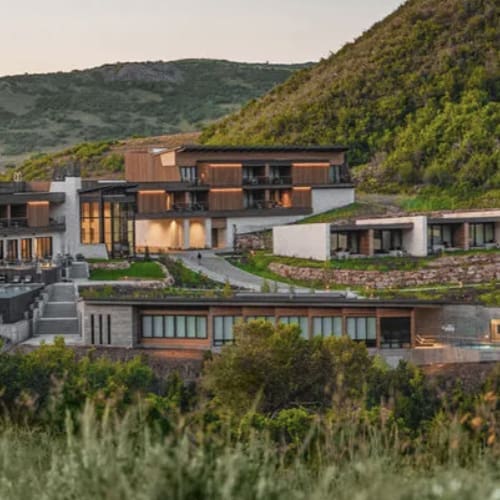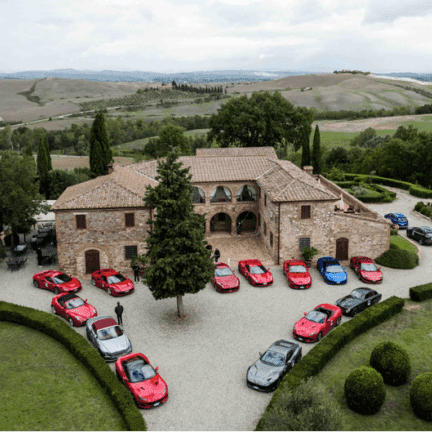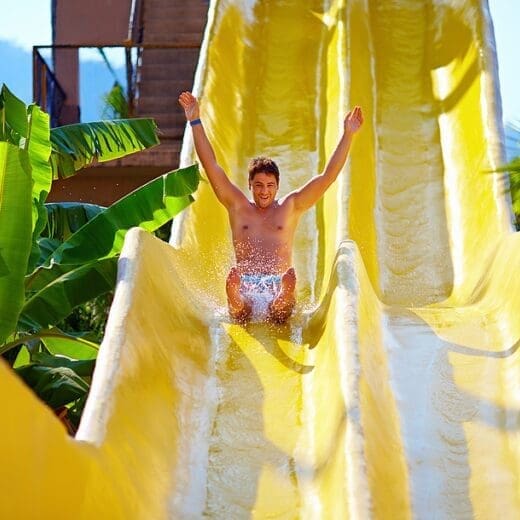Designing (and visiting) resorts on multiple continents, our team has discovered that these special places all share a few specific, winning qualities. The success of their landscape architecture details and their indoor-outdoor progressions deeply affect the guest experience – often in unexpected ways.
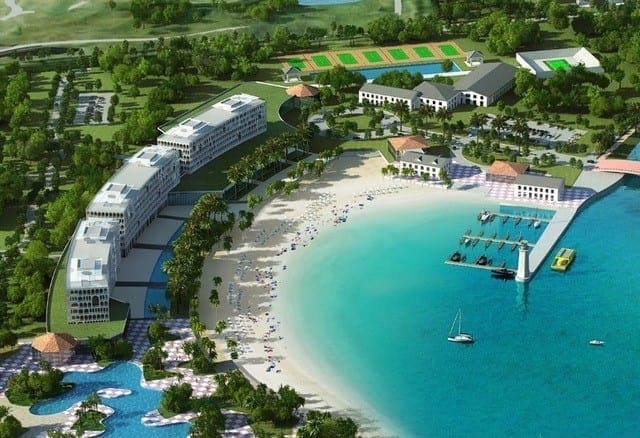 In addition, arrival sequences created by hospitality leaders exude a consistent sensibility and beauty, whether at the valet zone or check-in areas to the poolside and the beachfront. Everything is part of a carefully honed vision that puts guests as the center of their destination experiences.
In addition, arrival sequences created by hospitality leaders exude a consistent sensibility and beauty, whether at the valet zone or check-in areas to the poolside and the beachfront. Everything is part of a carefully honed vision that puts guests as the center of their destination experiences.
We’ve also noticed what these great resorts don’t have. For example, they’ll never position a sign announcing “Panoramic beach view here!” and inviting guests to take selfies. There’s no “Instagram moment” called out in the design documents. It’s not quite the right vibe for an elegant, world-class property, where guests are seeking an immersive, authentic vacation experience.
Resort guests traveling today are “dialed into their experiences” more than ever, as one hotelier says. The issue that matters isn’t room size or the availability of paddleboards – it’s how the guest feels as they explore a property for 10 to 15 days. These explorations drive the big-picture design approach we take, with teams of seasoned landscape architects, brand-aware civil engineers, and hospitality master-planners who begin to craft the full vacation package.
In this way, the guest stands center stage in the resort design process. The land and the buildings become a narrative unfolding in their every movement and in each moment of their days. Every chapter in their “stay story” — from arriving to exploring to leaving and returning from activities and adventures to their guestrooms and restaurants and the pool and beachside bar — everything must concentrate energy and weave an experiential bubble around the guest.
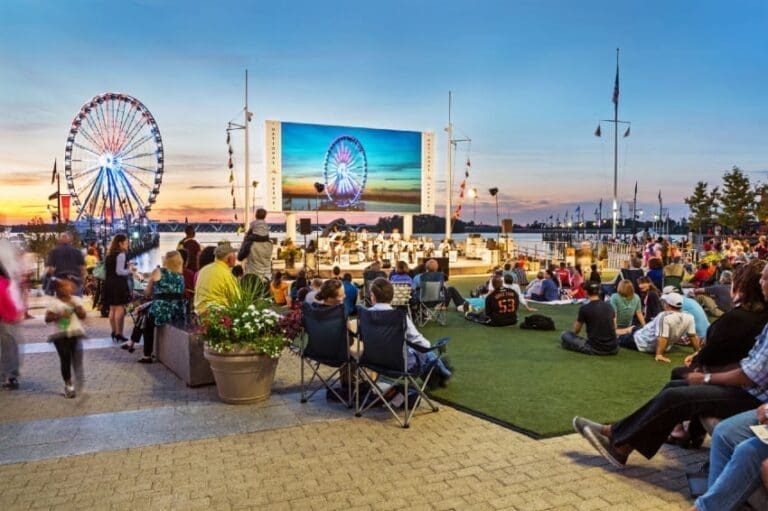 Essential to crafting these places is creating landscapes with a true flair for the local and the authentic. The entire site development, including all hard and softscape such as courtyards, event lawns, pool decks, planting and furnishings they may contain, should speak to where that resort location fits in the big, wide world. Each vista, setting and detail should ring true with local experience – in other words, you shouldn’t have to guess what region or country the resort calls home.
Essential to crafting these places is creating landscapes with a true flair for the local and the authentic. The entire site development, including all hard and softscape such as courtyards, event lawns, pool decks, planting and furnishings they may contain, should speak to where that resort location fits in the big, wide world. Each vista, setting and detail should ring true with local experience – in other words, you shouldn’t have to guess what region or country the resort calls home.
For these reasons, overall resort design can be thought of as a continuous unfolding of special moments. No waiting is needed for the Instagram stage – the guests are already there, at every turn and in every discovery. Landscapes and courtyards are no longer seen as backdrops, but instead as the inviting spaces that instantly absorb us.
The hotel industry at large is paying more attention to this today, because it trumps their marketing efforts, says Ashley Clark, my LandDesign colleague in Charlotte, N.C. “The access to social media and carrying cameras around in our pockets has changed tourism so much,” she explains. “Guests are influencing others’ decisions to visit because of the ability to share what you are doing there, giving a more detailed glimpse into the experience you can expect to have.”
A property’s successful design team makes it all possible. Close collaboration between the interior designer, the landscape architect, the lighting team, the resort’s design director, and the guest: It’s an artistic synergy that delivers the promise of continuity, authenticity, and the essence of resort success. And the guest takes center stage.
About the author
Francois Verhoeven is a senior designer based in Washington, D.C., with LandDesign, an award-winning design firm offering urban design, master planning, civil engineering, and landscape architecture solutions to public- and private-sector clients in hospitality and other fields across the globe, with a focus on innovative, buildable, sustainable, and ecologically responsible projects.


